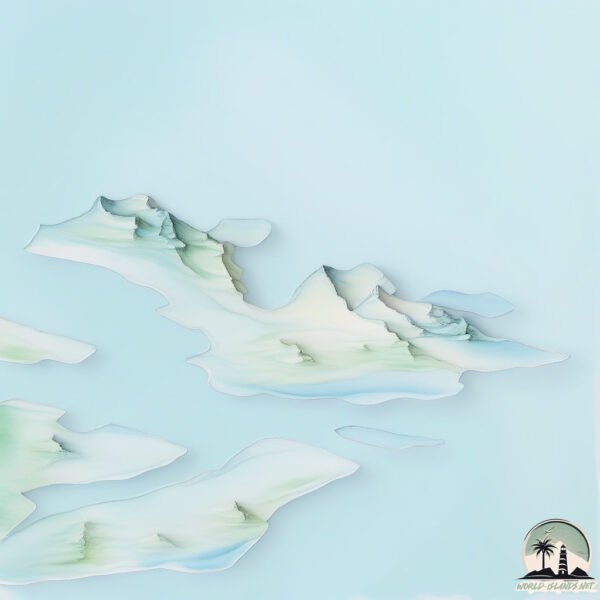Welcome to Vanna , a Continental island in the Norwegian Sea, part of the majestic Arctic Ocean. This guide offers a comprehensive overview of what makes Vanna unique – from its geography and climate to its population, infrastructure, and beyond. Dive into the details:
Geography and size of Vanna
Size: 230.4 km²Coastline: 149.3 kmOcean: Arctic OceanSea: Norwegian SeaContinent: Europe
Vanna is a Large Island spanning 230 km² with a coastline of 149 km.
Archipel: –
Tectonic Plate: North America – Covers North America and parts of the Atlantic and Arctic Oceans, characterized by diverse geological features and varying levels of seismic activity.
The geographic heart of the island is pinpointed at these coordinates:
Climate and weather of Vanna
Climate Zone: ContinentalClimate Details: Subarctic ClimateTemperature: Cold Summer
Climate Characteristics: Characterized by long, extremely cold winters and short, cool summers, often found in northern latitudes of North America and Eurasia.
Topography and nature of Vanna
Timezone: UTC+01:00Timezone places: Europe/ParisMax. Elevation: 913 m Mean Elevation: 262 mVegetation: Herbaceous CoverTree Coverage: 25%
The mean elevation is 262 m. The highest elevation on the island reaches approximately 913 meters above sea level. The island is characterized by Plateau: Elevated flatlands rising sharply above the surrounding area, with a maximum elevation over 500 meters but a mean elevation less than 300 meters, forming unique highland areas on islands.
Dominating Vegetation: Herbaceous Cover
Vegetation: 11 vegetation zones – Exceptionally Diverse Island
Infrastructure and Travelling to Vanna
Does the island have a public airport? no .
Does the island have a major port? no .
The mean population of Vanna is 2 per km². Vanna is Gently Populated. The island belongs to Norway .
Continuing your journey, Helgoya is the next notable island, situated merely km away.
VANNDA - SKULL ISLAND
Track #2 “SKULL ISLAND” from SKULL 2: SEASON 1 Stream/download: ...
"I AM THE LAW!"
| Animal Crossing Short Animation
Animal Crossing players can relate to this. ...
Animal Crossing players can relate to this. ▭▭▭▭▭▭▭▭▭▭▭▭▭▭▭▭▭▭▭▭▭▭▭▭▭▭▭▭ ABOUT VANNA I'm ...
Top 3 Patterns made with Vanna's Choice®!
Our most popular patterns made with Vanna's Choice®! ...
Norway is classified as Developed region: nonG7: Developed economies outside of the Group of Seven, characterized by high income and advanced economic structures. The level of income is High income: OECD.
News – Latest Updates and Headlines from Vanna
Stay informed with the most recent news and important headlines from Vanna. Here’s a roundup of the latest developments.
Loading...
Please note: The data used here has been primarily extracted from satellite readings. Deviations from exact values may occur, particularly regarding the height of elevations and population density. Land area and coastline measurements refer to average values at mean high tide.

